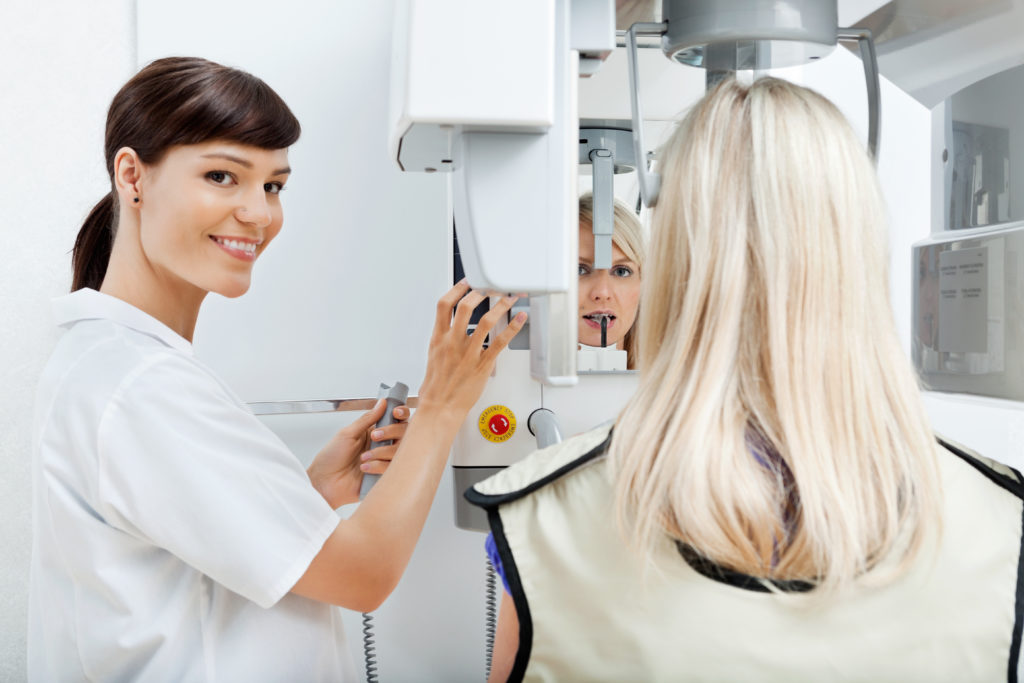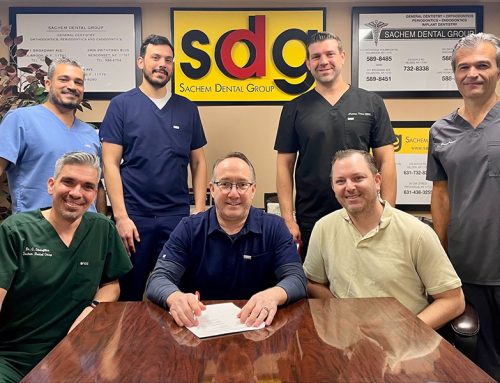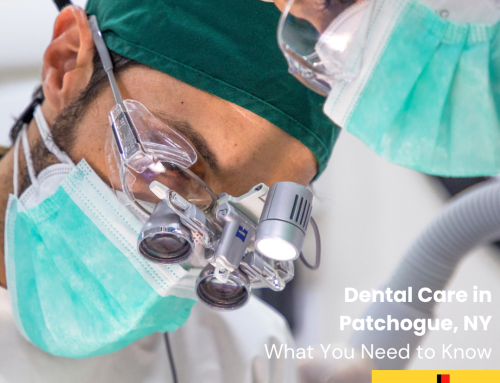Four Types of Dental X-Rays and Why They Are Important
Sometimes our patients question the need for getting a dental x-ray. Your teeth may look fine and not hurt. However, this is not to say that there is no decay or infection present.
Sachem Dental is a multi-specialty practice in Suffolk County. Since we provide a variety of treatment solutions, it is crucial to first have a proper diagnosis. This means we will need certain radiographs that help detect decay and infection which isn’t visible to the naked eye.
Bitewings
Many people don’t floss as often as they should, and this causes decay between teeth to develop. We can’t always see these cavities by looking in your mouth. When we take a radiograph called a bitewing, we can see where the contact is between adjacent teeth and whether or not there is decay in those hard-to-clean areas.
Bitewing x-rays are recommended once per yea,r and usually your dental hygienist will take them during your cleaning appointment.
Periapical
If you are dealing with a toothache and we are trying to determine the proper course of treatment, then we will need a type of x-ray called a periapical, or “P.A.” Unlike a bitewing x-ray, a P.A. shows the entire tooth. This includes crown and root, as opposed to just the crown (like in bitewings.) The reason this is important is because it will show if the tooth is abscessed.
If in fact there is infection present (it would be visible around the tip of the root) then root canal therapy will likely be the recommended treatment.
Sometimes we may suggest extracting a tooth, or you, as the patient might choose this option rather than repairing it. Our dentist will need a periapical in order to see the shape of the roots and make sure this path of treatment is the most appropriate choice.
Panorex/Panoramic
Occasionally, we will need to see wisdom teeth that are too difficult to view with periapicals. A panorex is a 2-dimensional x-ray from nose to chin that will show all your teeth in one image. It allows us to check for tumors and cysts; sinus infections and bone fractures. When we are born we have all of our teeth, primary and permanent, in the bone. Sometimes permanent teeth don’t develop, or in other cases someone can have extra. A panorex allows us to see in the bone so we can properly account for them all. It’s also useful for orthodontic consultations!
CT Conebeam Scans
This 3-D image allows us to see each individual root of multi-rooted teeth which, along with the jaw and bone anatomy. Such images can help us during root canal therapy, planning dental implants, full mouth reconstruction, as well as when extracting a tooth. 3D CT scans also make it possible to digitally map out your implant surgery in advance.
If you are in the Long Island or Suffolk County area, then we would love for you to come see us at Sachem Dental Group! We will use a combination of techniques in order to provide you with a proper diagnosis and treatment options, including state of the art digital imaging. Call now.






